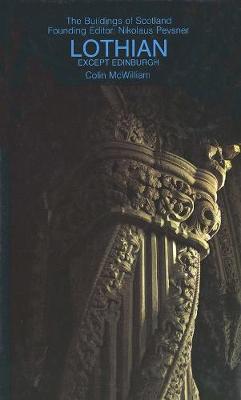Lothian boasts some of Scotland's most picturesque villages and fine Georgian towns, but its architectural history goes back to the twelfth century. The introduction of monastic orders and the establishment of the parish churches has left examples at Dalmeny and Tyninghame. Lothian also has fine church buildings of the fifteenth and sixteenth centuries while schisms within the Reformed religion are reflected in a variety of lesser churches. Tower-houses are reminders of war and conflict and of the power struggles of the nobility, poignantly expressed in the ruins of Linlithgow Palace. More peaceful and prosperous years, both before and after the Act of Union, produced large estates and a series of fine classical mansion houses - Newhailes, Yester House, Dalkeith - while the grandiloquent Hopetoun, Newliston and Gosford House testify to the genius of the Adams, father and sons. Where Tantallon, Dirleton and other early castles were defensive, their successors of the eighteenth and nineteenth centuries, such as Dalmeny and Dalhousie, are unashamedly romantic. Lothian's achievements of the Industrial Revolution range form the simplicity of Telford's Lothian Bridge to the dramatic and celebrated spans of the Forth Rail Bridge.
- ISBN10 0300096267
- ISBN13 9780300096262
- Publish Date 11 March 1978
- Publish Status Out of Print
- Out of Print 4 March 2021
- Publish Country US
- Imprint Yale University Press
- Format Hardcover
- Pages 526
- Language English
- URL http://wiley.com/remtitle.cgi?isbn=9780300096262
